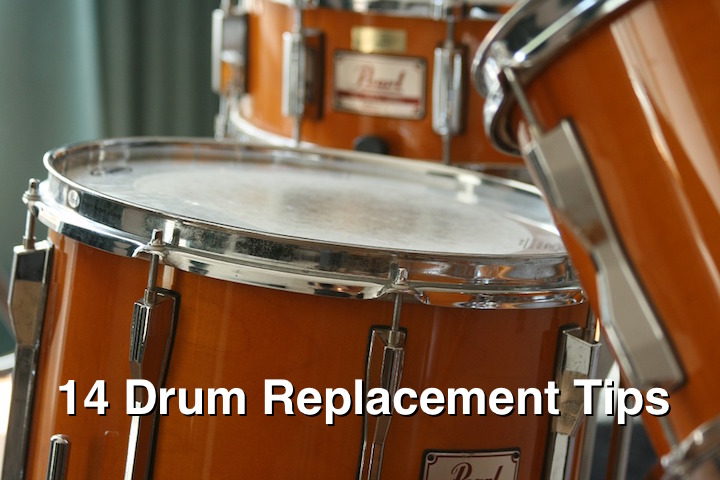- in Book Excerpt , Production , Recording by Bobby Owsinski
Get A Great Drum Sound With These 14 Sound Replacement Tips
Although you may be great at recording drums and have a great sounding studio with an excellent signal chain, the two chief variables in the recording are the drummer and his drums. No amount of technique or gear can overcome a bad sounding kit or a drummer that hits inconsistently, hence the importance of sound replacement software and a good sample library.

While the original idea was to totally replace a subpar drum track, most mixers now only do that as a last resort, opting instead to double the original sound with a sample to help keep the human feel and the basic drum sound intact. The new sampled drum acts as an acoustic EQ, changing the sound by augmentation instead of electronically changing the frequency bandwidth of the original recorded drum. Although some mixers try to delete the leakage between all of the drums of the kit, the leakage is what gives the kit its particular sound, and doubling the original kit with a sample helps to maintain some of that relationship.
Here are 14 tips for sound replacement or enhancement from the latest edition of my Mixing Engineer’s Handbook. While most refer to drums, it’s possible to use some of the same techniques in other situations as well if you’re willing to experiment.
1. If the original drum sounds okay soloed but disappears in the track, select a sample with a high initial transient. If the original tone of the drum doesn’t fit the song, select a sample based on the character of the body of the sound after the initial hit.
2. The simpler the drum pattern, the easier it is for the sound replacement plugin to recognize the parts.
3. Most drums become brighter the harder they’re hit; therefore, choose a sample that has these characteristics in order for it to sound natural.
4. If the drummer plays the snare using mostly a sidestick, be sure that the sample has mostly sidestick as well. Timing is extremely important when adding a sample to the original sound, so take care to ensure that both transients line up together. Many sound replacement plugins have some latency, so be sure to check this closely and move the sample as necessary.
5. The easiest way to find the transient is to use the Tab to Transient feature in Pro Tools, Hit Detection in Nuendo, or any other transient detection feature that your DAW has to offer. As an alternative, you can use any available Strip Silence–like feature on a copy of the original track to make the transients more distinct.
6. Well-played drums with a few ghost notes will beat robotic-sounding, replaced drums any day.
7. It’s critical that you check the phase alignment of the sample against the original drum. Even though it may look to be in phase, your ears may tell you something completely different when the Phase button is selected. Snare drum is the hardest to augment/replace because of the nuances in how hard and how frequently the drummer hits it. Be sure to use a multi-sampled snare drum with multiple level variations to keep it sounding like it was played by a real drummer.
8. If you don’t have a multi-sampled snare or the sound doesn’t have enough sample levels, you can make your own by duplicating the sample a few times and raising and lowering each one by 2 cents. Slightly changing the pitch gives the impression that the snare is hit a bit louder or softer.
9. If the drummer plays a lot of ghost notes on the snare, sometimes it’s best to make a copy of them and concentrate on replacing only those. This allows you to fine-tune the sound replacement software only for ghost notes.
10. Many times the best way to trigger the snare drum is by using the sound from the under-snare mic if one has been recorded. It’s usually a highly transient signal that can be easily recognized by the sound replacement plugin.
11. Sometimes using a gate on the original drum track can maintain just the transient hit, making the sample easier to trigger. This works especially well if you’re trying to replace the body sound of the drum rather than the hit part.
12. Compression of the drum track will usually provide a more consistent drum trigger.
13. Many engineers always have the drummer give them solo hits of each drum while recording so they can use them as samples later.
14: You can make your own samples especially for the song by taking the best sounding hits from the recording of the kit you’re mixing and triggering them as needed.
What are your best drum replacement techniques or tips?
You can read more from The Mixing Engineer’s Handbook and my other books on the excerpt section of bobbyowsinski.com.
